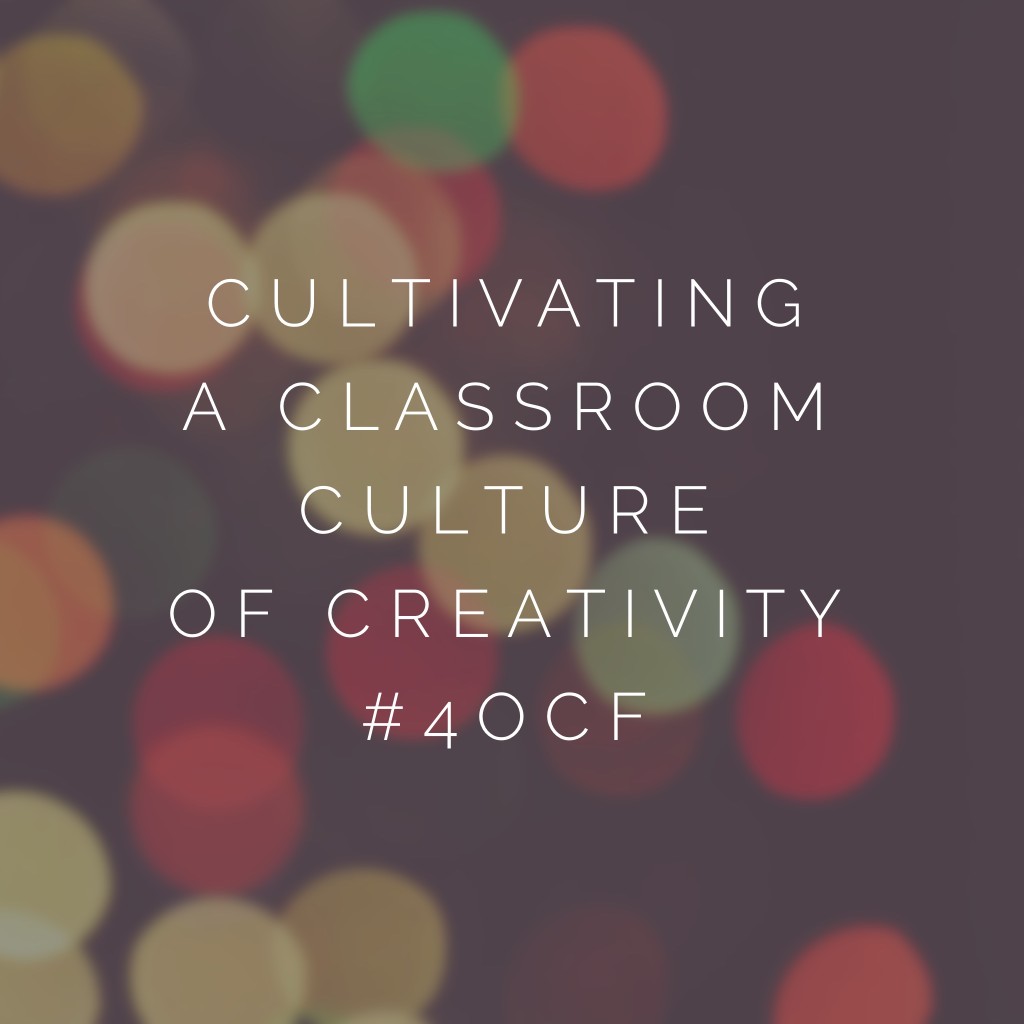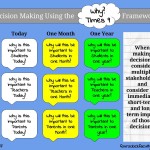A Guest Blog Post by Jeanne Muzi
Cultivating a Classroom Culture of Creativity is a mindset and a skill set. You must believe in the power of incorporating creative problem solving and thinking activities into all the subject areas and be ready to take advantage of the “pockets” of time that develop during “normal” school days…when you have 5 minutes at the end of a lesson, two minutes during a transition, the 10 minutes you gain when an assembly finishes early, etc. By using every opportunity to intentionally cultivate creativity, students can learn, practice and enhance their creative thinking skills!
Creativity tends to grow in learning environments where students are taught to take intellectual risks. They have opportunities to learn and practice what it means to be open to new ideas and perspectives. Active and animated discussions are common in these environments and students are encouraged to seek out connections to their lives in and outside of school. Creativity takes hold when a cross-pollination of ideas, understanding, knowledge, interests and experiences collide. Creative learning is memorable learning…It tends to stick!
Three things everyone can intentionally focus on right now in any classroom (you’re probably doing these things already) are:
- Higher Order Questioning:
Questioning is the fuel that powers students with energy, excitement and most importantly, a desire to learn! In order to strengthen creative thinking skills, teacher AND student questioning must be strongly integrated across the curriculum. Higher Order Thinking Questions must be planned & embedded into the lesson at certain points during instruction. HOT Questions provide opportunities for students to be challenged, may be used to determine direction or method of instruction/process/project/assessment and excites interest and curiosity.
Encourage divergent thinking and original responses. Ask probing, follow up questions so students can elaborate on or justify their assertions. Make sure there are lots of “How can…? Why…? What would it take…? What could happen…? Is it right to…? Can you…? What are your wonderings about…? What are you thinking about…?” questions. Strengthen metacognition with questions like: Why am I doing this? What will be challenging for me? What steps should I take? Are there other solutions? What will I do if I get stuck? What am I confused about? Can I explain my thinking?
- Build creative thinking with more wait time:
Slowing down the pace of questioning, pondering, answering and discussing will actually speed up the pace and substance of student thinking. Increasing wait time in the classroom results in more students asking questions, an increase in student-to-student interactions, an increase in the length and number of student responses and more contributions from a wider variety of students, including struggling students. Make it a habit to pause for 5-10 seconds before calling on students to answer questions and before responding to their answers. Use a signal like a stop sign to indicate you are initiating a longer “Stop and Think” time and use a timer to set a full minute (or more) of think time. Talk about what it feels like to think like that. Discuss metacognition. Eliminate the need for a student to feel they must be the first one to have the right answer by giving everyone more processing time.
- Student response strategies: Move beyond raising hands
As we improve and develop our questioning strategies, it is important to bring more techniques for equitable student participation into our Q&A periods and discussion times. Raised hands limit student participation and impede creative thought. Raised hands are about quick answers and rapid remembering. Make sure all students remain engaged, contemplative and ready to participate by using a range of response tools like: Sticks, spinners, coded materials, color cards, body movements, hand signals, quick writes, symbols, Group Confer and Cheer (GCC), four corners, partner response (Turn & Talk, Think Pair Share, Look Lean Whisper, and so on), students surveys, quick responders etc.
There is a myriad of ways to bring every child (and every brain) into our conversations- Using different strategies enables us to do that and increase thinking/sharing/reflection skills.
It is essential to plan for and provide an environment for students to develop their capabilities to think with originality, flexibility, problem finding (asking original questions) and problem solving (producing multiple solutions and non-obvious connections). Our students must be able to see multiple sides of complicated issues, compare, contrast, design, evaluate and classify so they can plan for varied outcomes and anticipate consequences. We must begin planting seeds of creativity in the earliest of elementary grades and build from there. When young students look at our world, they should be filled with wonder & curiosity…so they grow into lifelong learners.
By Jeanne Muzi (@MuziLearningLab)
Jeanne Muzi is the Elementary Enrichment Specialist/Gifted Education Teacher at Lawrence Township Public Schools in Lawrenceville, NJ. Her focus is on project based learning, higher order questioning and helping students develop creative problem solving skills. A former NJ State Teacher of the Year and NOAA Teacher at Sea, Jeanne has presented a wide range of workshops and professional learning experiences at schools, conferences, forums and conventions.





Pingback: Shared LA Articles & Resources | Pearltrees